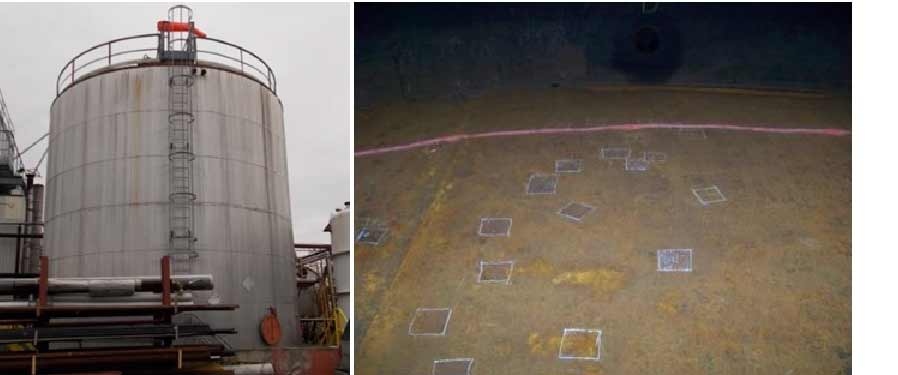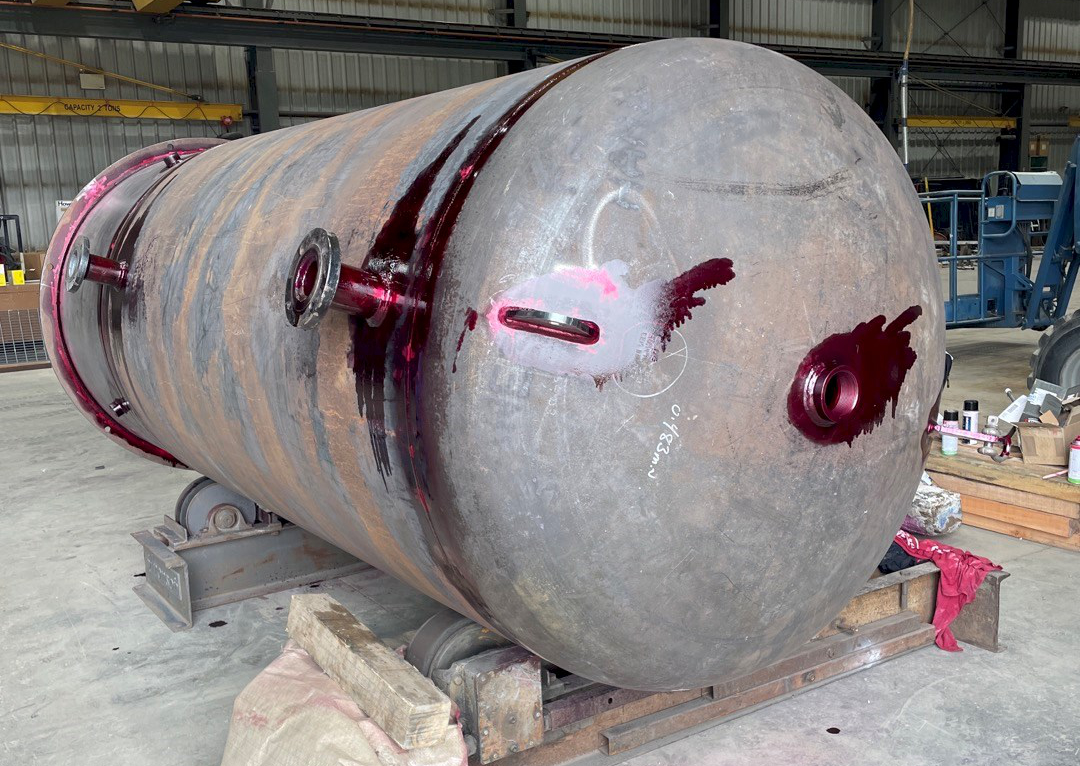Understanding the Key Actions In Tank Welding Inspection Procedures
Understanding the Key Actions In Tank Welding Inspection Procedures
Blog Article
The Important Duty of Tank Welding Inspection in Ensuring Structural Stability and Safety And Security Compliance in Industrial Applications
In the world of commercial applications, container welding assessment becomes a pivotal element in securing architectural stability and making sure compliance with safety and security policies. Using a combination of methods such as visual assessments and progressed testing techniques, these assessments offer to determine and reduce possible defects before they intensify into considerable risks. The effects of these practices extend past simple governing adherence; they fundamentally impact functional effectiveness and possession long life. The complexities bordering the inspection process trigger a closer exam of its methodologies and results, exposing layers of relevance that quality additional exploration.
Relevance of Storage Tank Welding Assessment

Making sure conformity with market standards and policies is one more considerable aspect of tank welding examination. Regulative bodies mandate stringent standards for the building and construction and upkeep of tank, and extensive assessments assist organizations comply with these needs. Non-compliance can lead to severe charges, including fines and closures, better stressing the demand for strenuous examination methods.
In addition, tank welding inspection plays a crucial duty in preserving operational effectiveness. Routine analyses can determine potential issues prior to they escalate, promoting timely fixings and lessening downtime. This positive approach not just enhances safety and security however also contributes to cost savings in the lengthy run. In recap, the value of storage tank welding inspection lies in its capability to secure public health and wellness, secure the setting, and ensure compliance with regulative frameworks.
Trick Assessment Techniques
Efficient container welding inspection depends on a range of crucial techniques that guarantee thorough assessment of weld high quality and structural stability. Among the most prevalent methods are aesthetic evaluation, ultrasonic screening, radiographic testing, and magnetic particle screening - Tank Welding Inspection. Each method offers unique advantages in assessing different facets of the weld
Aesthetic evaluation functions as the initial line of defense, enabling examiners to identify surface flaws, abnormalities, or incongruities in the weld grain. Ultrasonic testing uses high-frequency acoustic waves to identify internal flaws, such as fractures or voids, providing a thorough analysis of weld stability. This technique is particularly reliable in detecting issues that may not show up externally.
Radiographic screening uses X-rays or gamma rays to create photos of the welds, disclosing interior interruptions and giving an irreversible document for future referral. This strategy is very effective for critical applications where the danger of failure have to be minimized.
Last but not least, magnetic particle testing is used to recognize surface area and near-surface defects in ferromagnetic products. By applying magnetic fields and fine iron particles, inspectors can pinpoint gaps that may jeopardize the structural honesty of the storage tank. Together, these methods form a robust structure for making sure high-grade welds in commercial applications.
Conformity With Safety Specifications

Routine assessments play an essential role in making certain conformity navigate to this site by identifying prospective failures or inconsistencies from recommended standards. Inspectors are trained to examine weld quality, validate material requirements, and examine the overall architectural honesty of containers. Their competence is essential in making certain that welding procedures meet the needed safety criteria.
In addition, compliance with safety standards not just protects workers however additionally safeguards the atmosphere from possible threats such as leaks or tragic failures. Organizations that prioritize safety conformity are better positioned to minimize risks, improve operational effectiveness, and promote a culture of safety within their workforce. In recap, preserving rigorous conformity with security requirements is indispensable for the successful procedure of storage tank welding activities in industrial settings.
Benefits of Routine Assessments
Routine inspections are essential to keeping the structural honesty and security of bonded tanks. dig this These inspections give a methodical technique to determining possible defects or weaknesses in the welds, guaranteeing that any type of problems are attended to prior to they rise right into substantial failures. By performing normal assessments, organizations can spot corrosion, tiredness, and other forms of wear and tear that may jeopardize tank performance.
Furthermore, constant evaluations add to conformity with click here for more info industry regulations and standards. Abiding by these standards not just minimizes lawful threats however also enhances the company's online reputation for safety and security and integrity. Routine examinations promote an aggressive security society, encouraging workers to identify and prioritize the importance of devices honesty.

Study and Real-World Applications
Instance research studies and real-world applications illustrate the substantial impact of effective container welding assessment practices. Complying with the execution of rigorous welding assessment protocols, consisting of visual and ultrasonic screening, the center identified critical imperfections in weld joints that might have led to tragic failures.
Likewise, a water treatment plant carried out a thorough examination program for its tank welding operations - Tank Welding Inspection. By integrating non-destructive screening techniques, the plant was able to detect early indicators of deterioration and fatigue in weld joints. This timely intervention prolonged the life-span of the tanks and guaranteed conformity with security regulations, hence guarding public health
These study highlight the relevance of normal and organized container welding evaluations. By focusing on these methods, sectors can mitigate risks, enhance structural integrity, and ensure compliance with safety standards, inevitably leading to enhanced functional performance and reduced obligations.

Verdict
To conclude, tank welding evaluation is an indispensable part of keeping architectural integrity and safety in industrial applications. Utilizing numerous inspection strategies makes certain early detection of prospective imperfections, thus avoiding catastrophic failings. Adherence to security requirements further boosts functional reliability and conformity with regulatory requirements. Ultimately, regular examinations not just safeguard public health and the setting but additionally add to the longevity and efficiency of vital possessions, highlighting the vital duty of this method in industrial operations.
Report this page